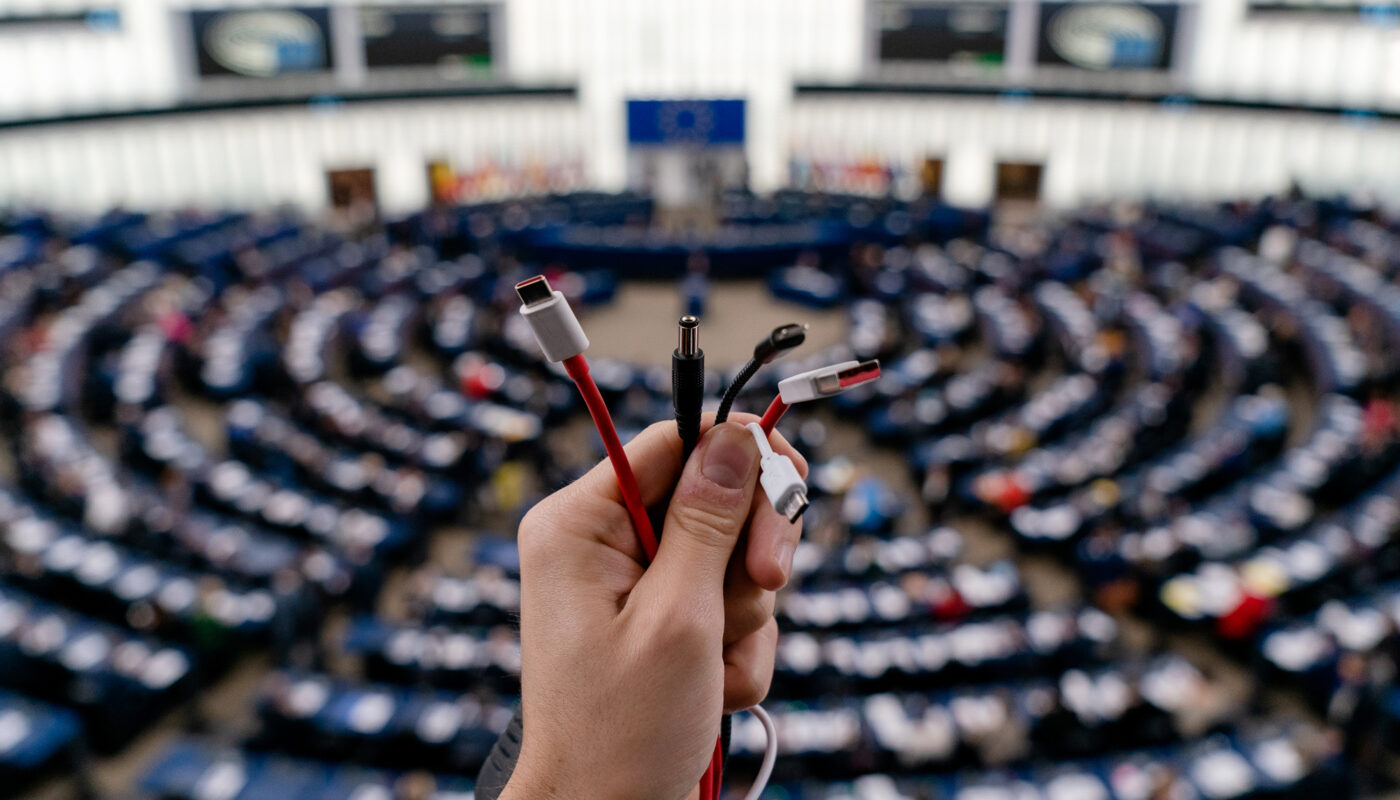Apple is changing their best-selling product’s charging ports to USB-C ports starting with the iPhone 15 line.
Some say it’s a change that should’ve been done years ago, others say they prefer the exclusivity of having an “Apple charger.”
Apple states they were forced to change from their proprietary lightning cable due to European regulation laws that mandate all mobile devices have a standard USB-C charger.

In 2012, Apple created the Lightning connector after the 30 pin connector for the iPods had issues from unnecessary features. The Lightning connector was the resolution to many issues such as the reversibility and sleekness. Apple compacted the necessary pin connections into a reversible connector.
Apple’s innovation inspired the creation of USB-C, which came out two years later with compacted necessary pins, reversibility and speed. USB-C became the universal charger, but Apple didn’t advance with the rest of the technological world. Apple kept using the same Lightning cable from 2012 until 2023, while everyone else had been fast charging for years.
A Universal Serial Bus Type-C (USB-C) is a standard 24-pin (sleek functions) connector due to its versatility and user-friendliness. It has a reversible design, so it can be plugged in either way. USB-C supports 40 Gbps (Gigabits per second) of high-speed data transfer, fast charging power delivery, is durable, common and can even carry video and audio signals.
While both cables are usually used for charging devices like mobile phones, these cables can do digital data transfer tasks.

This mandate is in favor of consumers and a reduction in e-waste. Consumers will save money from not buying a separate lightning charger just for their mobile device. Instead, consumers can have one charger for almost all their devices since USB-C has been commonly used for numerous devices since 2014.
It will also be much easier to ask people for a charger. USB-C will allow for a “universal charger” with a braided cord for extra durability. Apple added a function to their USB-C charger port: if connected to another mobile device, the device with the most charge will charge the other device.
Apple’s base model, the iPhone 15, will have an A16 chip that is compatible with USB-C but supports USB 2 speed. However, the iPhone 15 Pros with an A17pro chip changed their port support to USB 3 with speed of up to 10Gbps.
This is not the fastest speed on the market for data transfer, USB4 is the highest that supports 40Gbps. This means while the iPhone 15 has a USB-C port, it functions at the same speed of the Lightning charger. Only the iPhone 15 Pro has the fast-charging capabilities.
Dongles and adaptors can be bought to accommodate the existing Lightning cable to USB-C transition. USB-C connectors are very common to use with laptops, tablets and gaming consoles. Finding a USB-C rather than buying further accessories would help with the EU’s goal of e-waste reduction and save consumers a couple bucks.


